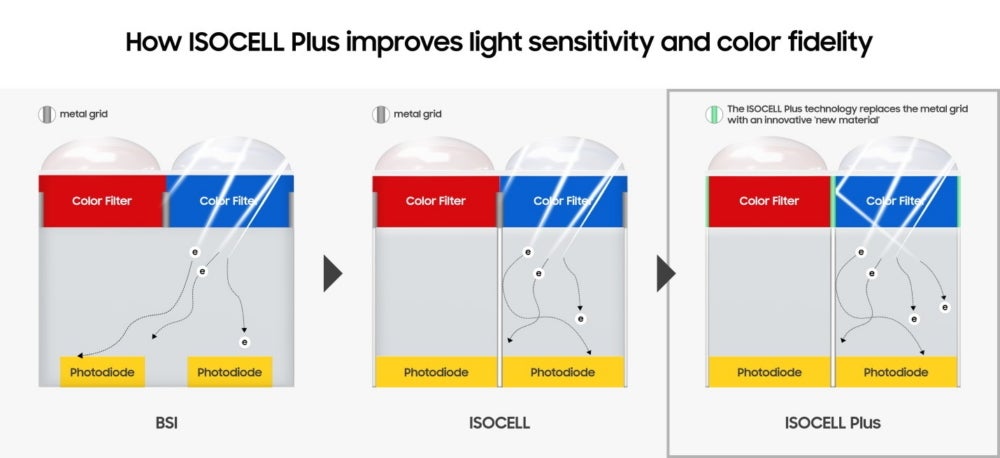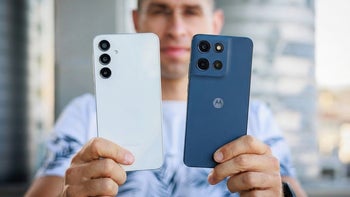Samsung details its 108MP camera sensor specs with a new press release

That's still a far cry from the rumored technique we heard that the Galaxy S11+ will use, namely pixel-binning for a 3x3 neighbouring pixels grid instead of the 2x2 Tetracell tech that Samsung reiterates in the press release.
Unlike the summer press release that mostly focused on the Xiaomi collab, Samsung spent more time to explain ISOCELL Plus this time around as a technology for physically isolate the individual pixels to prevent crosstalk and interference.

In any case, rumors point to a tailored version of this 108MP Bright HMX sensor to land in the top-shelf Galaxy S11+ at least, so it makes sense to keep some of its wonders under wraps before the announcement.
What Samsung did share, apart from the improved instant autofocus feature, is the ability to overcome the poor low-light sensitivity of small pixels by binning a few of them into one, and still arriving at high detail and resolution levels:
Samsung has created a solution to mitigate these issues by incorporating Smart-ISO technology (including one low and one high amplification ISO) into the new mobile image sensor. The inclusion of this technology allows the sensor to intelligently select amplification levels according to how the scene is lit, optimizing light-to-electric signal conversation and making cameras more versatile across a range of lighting environments.
That’s where Samsung’s Tetracell Technology comes in. In the ISOCELL Bright HMX, an advanced algorithm rearranges pixels according to lighting condition, merging clusters of four pixels into single pixels and allowing 0.8μm pixels to be transformed into 1.6μm ones. Even after merging of pixels, by having over 100 million pixels to start with, ISOCELL Bright HMX still ensures incredibly high 27Mp resolutions for great low-light photography.
Notably, Samsung’s ISOCELL Bright HMX helps users manage the age-old question in photography of – how best to capture photographs in low-light conditions. While taking pictures with smaller pixels allows for better resolution, utilizing larger pixels is the best way to improve the sensor’s ability to absorb light. Thus, it has been necessary to find some kind of middle ground in which good quality photos can be captured in poorly lit environments.
Follow us on Google News
















Things that are NOT allowed:
To help keep our community safe and free from spam, we apply temporary limits to newly created accounts: